Making stem cells from a patient’s adult cells – rather than human embryos – is one of the holy grails in modern medicine treatments. New research brings us two steps closer.
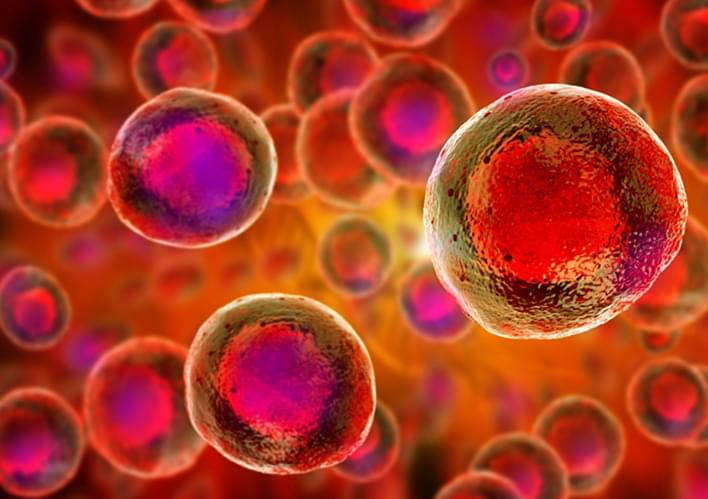


Biotech start-up Pretzel Therapeutics launched Monday with $72.5 million in Series A financing to develop novel, mitochondria-based therapies for rare genetic disorders and diseases of aging.
Pretzel plans to target mitochondrial diseases, a highly heterogenous group of conditions caused by DNA mutations in the mitochondria or the nucleus. These disorders are very rare, afflicting around one in 5,000 people.
Pretzel CEO Jay Parrish told BioSpace the funding “should enable us to get close to the clinic if not into the clinic with one or more programs.”
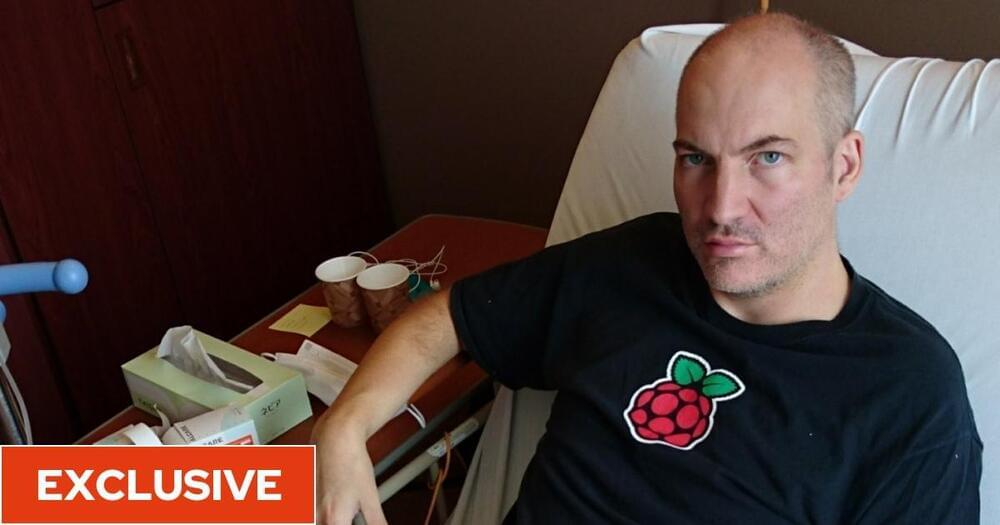
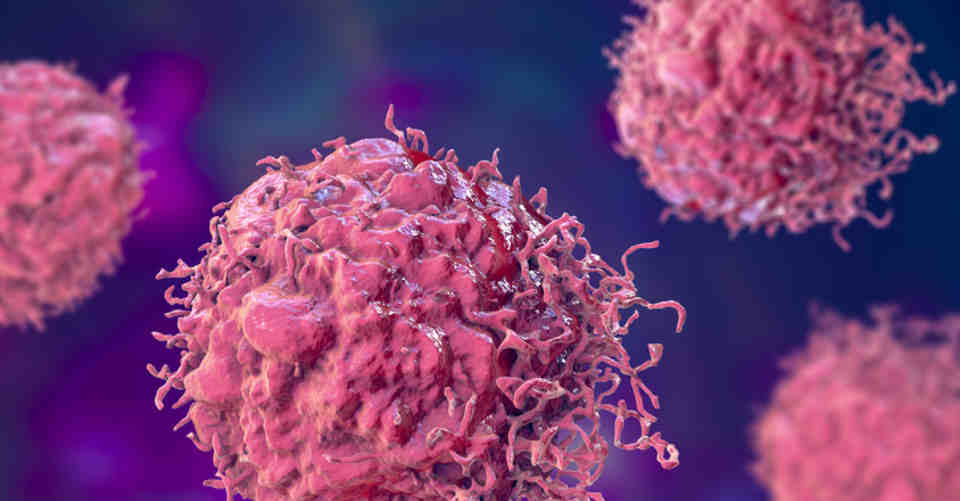
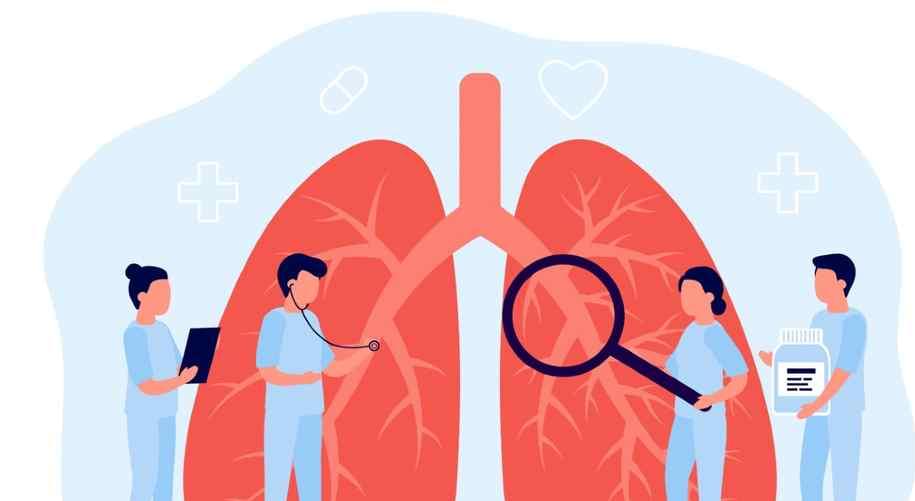
Lung cancer is the third most common cancer in the U.S., according to the Centers for Disease Control and Prevention. Patients may be treated by a variety of approved immunotherapies and chemotherapies if surgery is not an option.
An oral pill for lung cancer named Lumakras, made by Amgen, shows promise for lung cancer patients who have tried many other treatments already with little improvement.
In phase 3 clinical trials, patients with non-small cell lung cancer received Lumakras or intravenous chemotherapy (docetaxel). The patients may have tried other treatments like immunotherapy.
🔔 Subscribe now with all notifications on for more Elon Musk, SpaceX and Tesla videos!Elon musk has finally tried neuralink on humans! But what is this neuralink? And how much effect will it have on us?The existence of Neuralink was first made public in 2017, when The Wall Street Journal reported on it. The company’s first significant public appearance was in 2019, when Elon Musk and other members of the Neuralink leadership team demonstrated their technology in a live streamed presentation. Neuralink’s chip is roughly the size of a penny and would be implanted in a person’s skull. An array of tiny wires, each nearly 20 times thinner than a human hair, spread out from the chip and into the patient’s brain. The cables include 1,024 electrodes that can monitor brain activity and, potentially, electrically activate the brain. This data is wirelessly transferred by the chip to computers, where it may be examined by researchers. A stiff needle, similar to a sewing machine, would be used to punch the flexible wires emerging from a Neuralink chip into a person’s brain. In January 2021, Neuralink produced a video displaying the robot.
Musk claims that the machine will make implanting Neuralink electrodes as simple as LASIK eye surgery. While this is an audacious assertion, neuroscientists told Insider in 2019 that the machine has several extremely promising aspects.📺 Watch the entire video for more information!#elon #musk #neuralink #spacex #tesla #elonmusk.
About Space Live.
🎥 Videos about Elon Musk, SpaceX, Tesla and more.
🎨 Written, voiced and produced by Space Live.
🔔 Subscribe now for more Elon Musk, SpaceX and Tesla videosWatch More from Space Live.
🟢 Elon Musk News: https://youtube.com/playlist?list=PLnEXUfPoD0wpm_jCO3qAoF-INE8csb4sf.
🟠 SpaceX News: https://youtube.com/playlist?list=PLnEXUfPoD0wrfwZLaJyNqjjEaxPiUuy7p.
🔴 Tesla News: https://youtube.com/playlist?list=PLnEXUfPoD0wqaY9rit0Tunko-q0mrFrCz.
💼 Business Inquiries and Contact.
• For business inquiries, copyright matters or other inquiries please contact us at: [email protected].❓ Copyright Questions.
• If you have any copyright questions or issues you can contact us at [email protected].⚠️ Copyright Disclaimers.
• We use images and content in accordance with the YouTube Fair Use copyright guidelines.
• Section 107 of the U.S. Copyright Act states: “Notwithstanding the provisions of sections 106 and 106A, the fair use of a copyrighted work, including such use by reproduction in copies or phonorecords or by any other means specified by that section, for purposes such as criticism, comment, news reporting, teaching (including multiple copies for classroom use), scholarship, or research, is not an infringement of copyright.”
• This video could contain certain copyrighted video clips, pictures, or photographs that were not specifically authorized to be used by the copyright holder(s), but which we believe in good faith are protected by federal law and the fair use doctrine for one or more of the reasons noted above.

It could support non-combat activities such as humanitarian relief operations and medical missions.
Commercial space company Sierra Space, which is developing the shuttle-shaped Dream Chaser spacecraft for transportation solutions, has signed an agreement with the U.S. Department of Defense (DOD) transportation command for point-to-point global terrestrial delivery of military materiel and personnel.
Both organizations will develop solutions using the Dream Chaser spaceplanes, Shooting Star cargo modules, and on-orbit infrastructure that provides unique capabilities for precise, cost-effective, and timely global delivery of Department of Defense logistics and personnel through space.

The carmaker keeps the prancing horse spirit alive in its first four-door vehicle.
Italian luxury carmaker Ferrari has a long history of making luxury sports cars. So, when the company unveiled its most utilitarian vehicle in its 75-year history, CEO Benedetto Vinga had only one request, “Please don’t call it a SUV, because it isnt”, Bloomberg.
Founded in 1947, Ferrari is synonymous with cars that remain closer to the ground and faster than its competitors. Most patrons and admirers of the vehicles would rather see their favorite carmaker not release new cars than see its DNA diluted to satisfy the passenger vehicle segment.
Just six years ago, CEO Sergio Marchionne figuratively chose death over making a crossover vehicle at Maranello. Yet here we are talking about a four-door four-seater vehicle displaying the famous prancing horse logo.
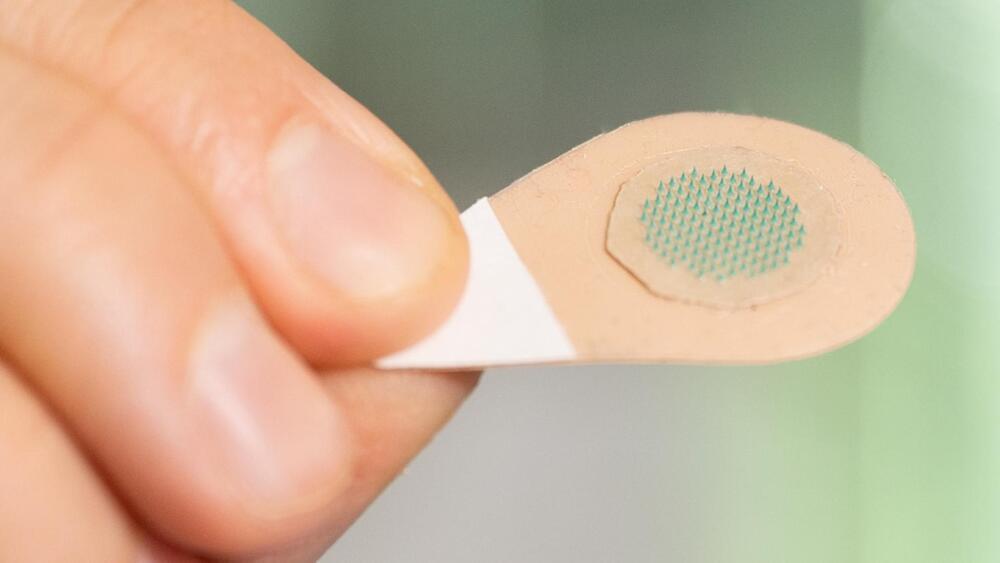
The method uses microneedles smaller than a grain of sand.
Tattooing went from a subculture to pop culture in the past decades. Tattoo artists use a mechanized needle to puncture the skin and inject ink into the dermis or second layer of skin-this is not only painful but it’s time-consuming.
The patch consists of microneedles that are each smaller than a grain of sand and are made of tattoo ink encased in a dissolvable matrix.
GEORGIA TECH
Now researchers at the Georgia Institute of Technology have developed a painless and bloodless tattoo patch that’s simple enough for people to stick to themselves, according to a press release published by EurekAlert on Sept .14.
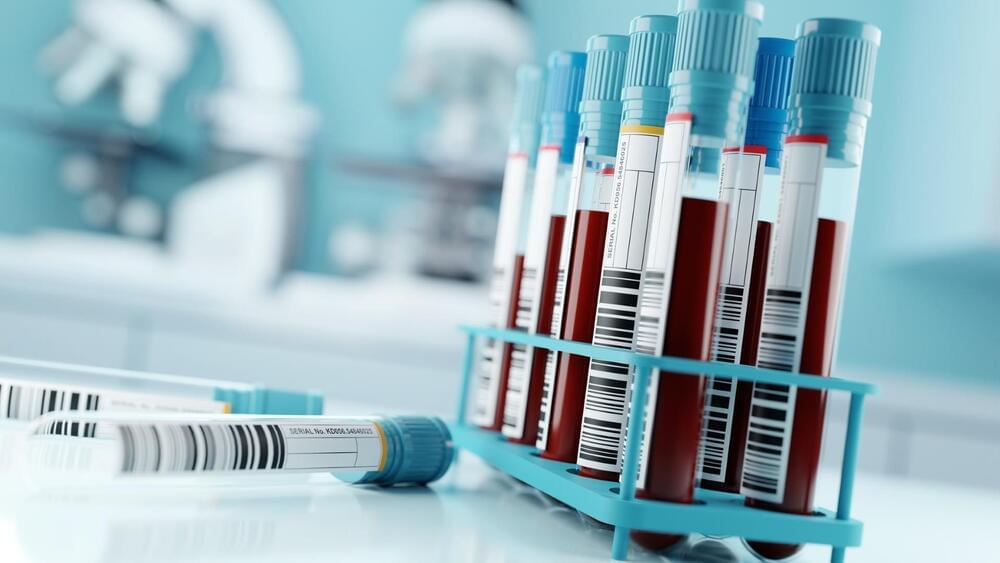
Many companies developed blood tests for cancer, but none of them have FDA approval so far.
The U.S. is preparing to launch trials of blood tests that can improve the detection of multiple kinds of cancer, according to a report.
Solarseven/iStock.
The majority of the multi-cancer early detection tests (MCEDs) function by searching for tumor cell remnants that explode after being attacked by the immune system. Debris from dead tumors can be found in the bloodstream, where it can be identified as a cancer warning before symptoms appear. And if imaging confirms the result, a biopsy follows the process.